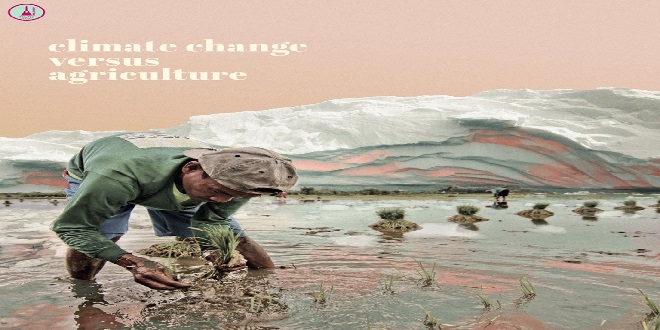
Being on top of global surveys is good. However, if we are talking about the country which is most threatened by climate change, then being number one is not the happiest place to be.
According to the Global Peace Index 2019, the Philippines has named the country with the highest risk of climate hazards in Asia-Pacific. Aside from the annual onslaught brought upon by an average of 20 typhoons, the country is also vulnerable to floods, tsunamis, volcanic eruptions, and droughts.
Climate change is a serious problem that may exacerbate the challenges the Philippines is facing.
Climate Trends
It is undeniable that summer in the Philippines is getting hotter than before.
Based on the Philippine Atmospheric, Geophysical, and Astronomical Services Administration (PAGASA) report, temperatures may rise by 0.9 degrees Celsius to 1.1 degrees Celsius this year, and by 1.8 degrees Celsius to 2.2 degrees Celsius in 2050. This means the country can experience a maximum temperature exceeding 35 degrees Celsius.

Although frequent heavy daily rainfall is a possibility, specifically in Luzon and Visayas, the number of dry days is also expected to increase across the country in 2020 up to 2050.
Impacts of Climate Change on Agriculture
A planet with skyrocketing temperature is bad for living things, particularly crops that inhabit it. Crops need the right amount of temperature and rainfall to attain favorable yields in production. If there is an excess in the standard threshold values, there will be a reduction in crop yield. This is why floods and droughts brought on by climate change can damage fields, and trigger outbreaks of pests and diseases in both humans and animals.
Moreover, it may result in low preference for jobs in the agriculture sector because farmers would rather find work in the city rather than fight an unpredictable enemy that is climate change. As reiterated by PAG-ASA, decreased yields and inadequate job opportunities in the agricultural sector could lead to migration and shifts in population, resulting to more pressure in already depressed urban areas, particularly in mega cities.
How to Mitigate Climate Change in Agriculture?
PAGASA stated in the same report that management technologies, “which incorporate the use of weather/climate information in agricultural operations” like “climate-friendly agricultural technologies,” can help alleviate detrimental effects of climate change.
Recently, an app that was launched in the Philippines called Yara FarmWeather.
Yara FarmWeather is an easy-to-use and convenient smart weather app that provides farmers with reliable and hyperlocal weather forecasts down to a 4-kilometer radius of their farm. This includes 7-day forecasts for hourly rainfall, daily temperature, humidity, and wind speed and direction. Yara FarmWeather also provides historical rainfall data for the past 30 days and predicts upcoming rainfall for the next 15 days.

With all this information on hand, farmers can now make more informed and smarter decisions for their farms.
Farming got smarter with Yara FarmWeather. Download it for free in Google Play Store and App Store. For more information, you may check out https://bit.ly/2xteUJZ.









